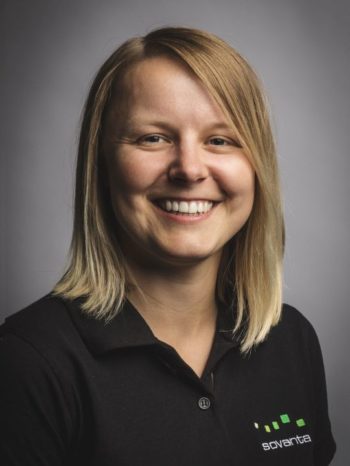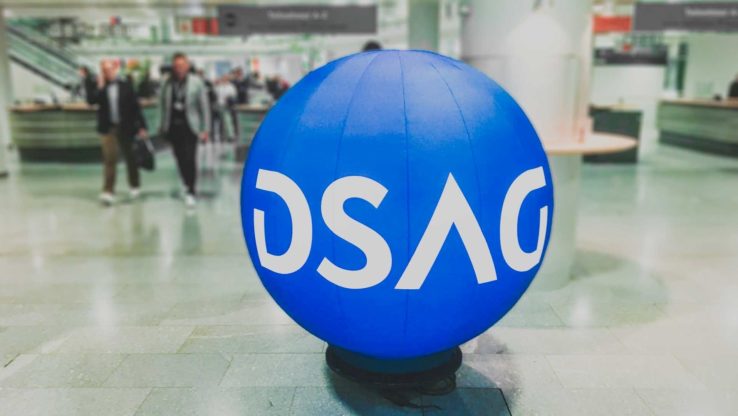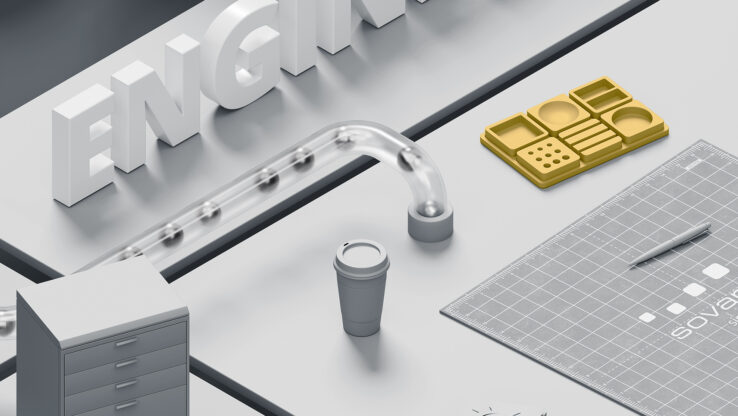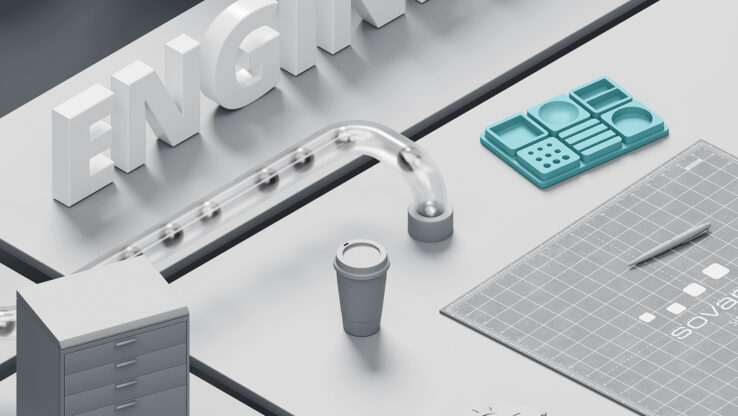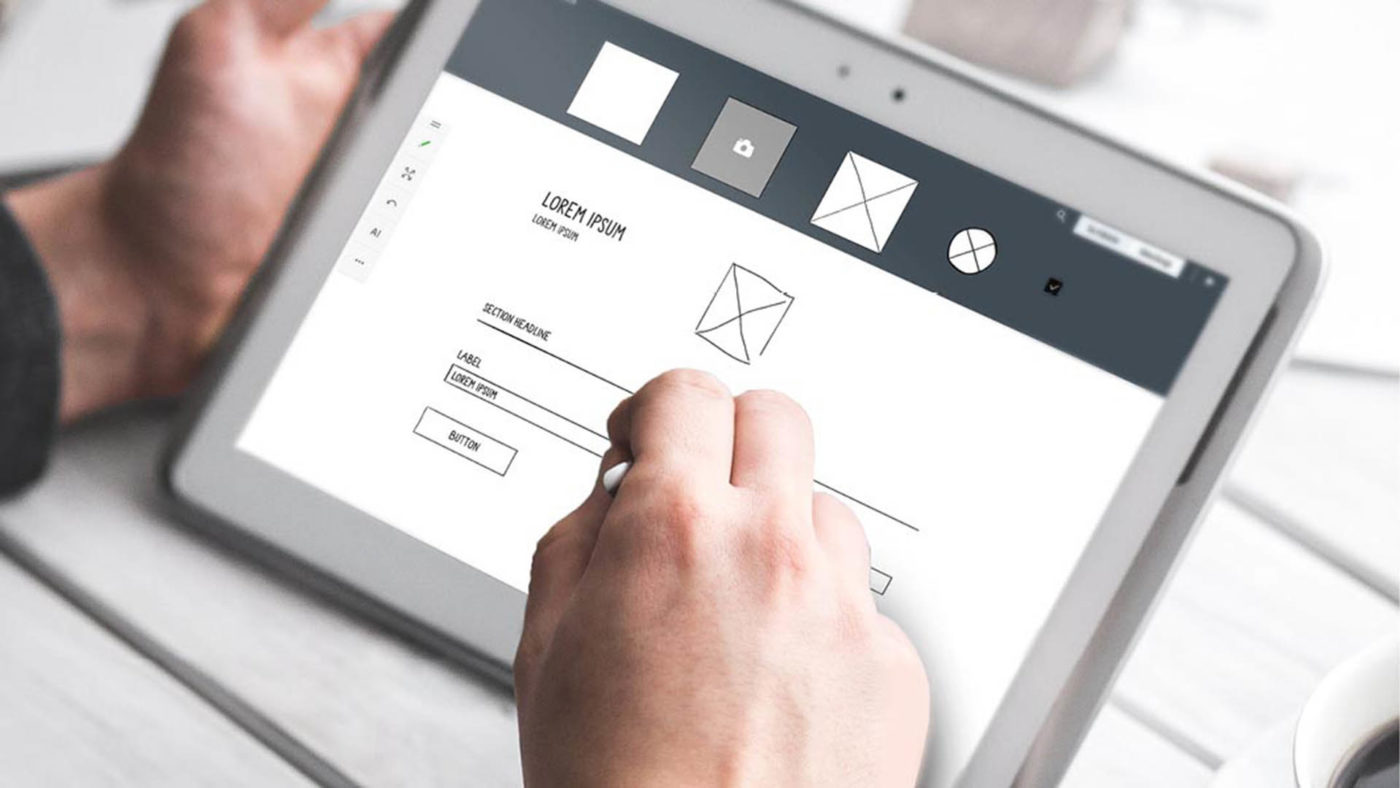
Top UX in the career portal
In projects for our customers, we repeatedly face the challenge: What does a top UX in a company’s career portal look like from the applicant’s point of view? On the one hand, our SAP experts approach the question from a technological point of view; for example, should it be a solution on SAP SuccessFactors?
As a UX designer, Dominika Zagorski gets to the bottom of the question from a design perspective. Thanks to user tests, Design Thinking methods and Shadowings, she knows exactly what applicants want:
The basic UX principles from User-Centered Design always apply to me as a UX designer when designing a career portal – regardless of the technology used. The better you understand your users, and the better you can “put yourself in their shoes”, the more successful the result will be in the end. It’s about building empathy for the user and taking a different perspective than your own.
We design a career portal from the applicant’s point of view
So who is the applicant in the end? What moves and drives them, and what are their intentions when they find themselves on a career portal? – These are all questions that need to be answered. Because in the end, it’s all about bringing together the “right” applicants and the right job. Companies want employees who also want to work for them. And to be able to make this decision, a career site must also provide the necessary information and answers so that the candidate can form a clear picture of the company as an employer. The career site should therefore be simple and self-explanatory, so that every applicant can quickly find what he or she is looking for and, of course, can also apply as simply and straightforwardly as possible. Of course, we can optimally support all of this with the right UX design.
This is what makes top UX so important in the career portal
A key difference to other HR solutions is that an applicant can just click the “x” on a career page and leave it again if they don’t find what they are looking for. Of course, this means that suitable people can bounce before they even apply if the career site doesn’t deliver what it promises.
With other HR solutions, such as a training platform or a self-service for time management, there is usually no danger of this happening, because the application is then part of the company and there is no way around it. Of course, a good user experience should always be strived for with every digital solution. This offers a lot of advantages, and the time saved through comprehensible design alone is always a plus point, regardless of the purpose of the application.
Target groups: applicants and employees
In UX design, we make a distinction between the two target groups – applicants and employees – of a career site. An existing employee has different intentions than a brand new applicant and thus moves differently on the career site. Someone who already knows the company will not be as interested in the corporate culture. Rather, they want to quickly find data, facts and vacancies. A new applicant, on the other hand, may not yet be convinced that he wants to apply at all. He may be truly exposed to the company’s branding and culture for the first time. Therefore, he navigates a career site differently. So we need to optimally address both target groups with the career page and guide them through the site.
We define the top UX in the career portal
The Candidate Journey of an employee looking for a new job within the company can be explained very well with a thought experiment – in the spirit of “User-Centered Design”. Let’s put ourselves in the shoes of an existing employee, let’s call him John. John wants to apply for a job in another city. He is moving to a new city for family reasons. He knows from a colleague that there is a suitable job for him there within the company. He goes to the career site and wants to quickly just see the job posting and submit his application directly.
Of course, the candidate journey is completely different for applicants who do not yet know the company. They first want to learn more about the company. In our interactions with this target group, we have also noticed a change in recent years: nowadays, applicants want more than just to earn good money; they want to work for a company whose values and vision they represent. They want to make a difference, help shape things and work in a corporate culture that suits them.
UX design faces new challenges
In addition to the content requirements of users for a career portal, an increasingly observed trend in society also adds to the difficulty: the attention span of visitors to websites and applications is extremely short. If something doesn’t appeal to them or takes too long, users lose patience pretty quickly. “App fatigue” can also be observed. This means that users are no longer willing to constantly download new apps, but spend most of their time in just a handful of applications. These are based on best practices and are constantly adapted to changing needs. This naturally goes hand in hand with high expectations of all other online platforms – including a career site.
Therefore, a top UX in the career portal today must be clear on the one hand, lead quickly to the goal, but at the same time also attract attention. The goal is to convince applicants to actually invest even more energy and time and to apply. Today’s users expect the highest quality and best user experience everywhere. Whether they are ordering a book online, looking for a service provider, or looking for a future new employer. This is a challenge for us in UX design, but it also makes working on a career portal for our customers extremely exciting.

